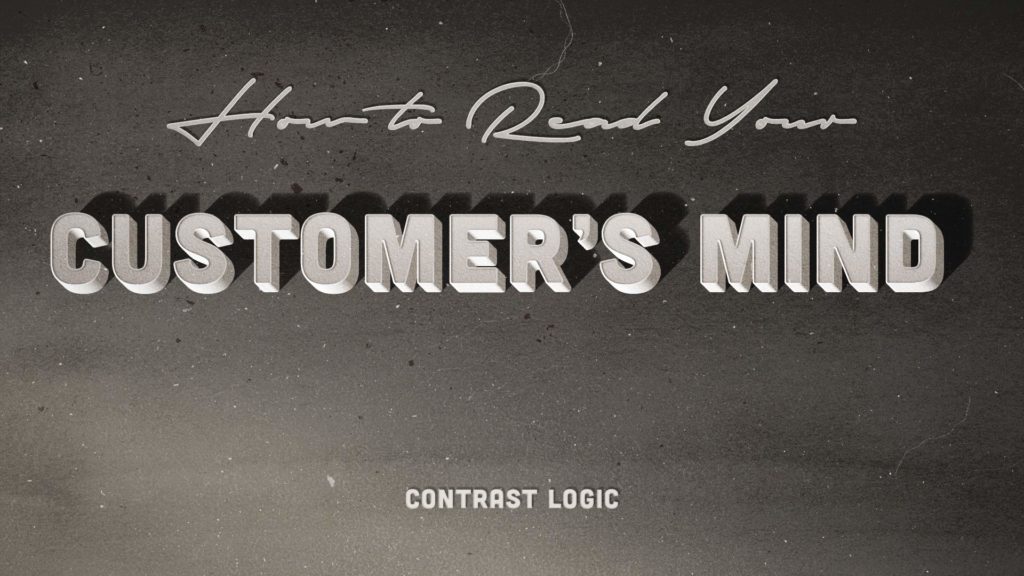Kinda creepy sounding, but it’s not what you think… it’s all about mindset.
The customer journey is a model of a typical customer transaction, from the first moment they become aware of your company until the moment they complete a purchase. Some marketers will also incorporate additional purchases by the same customer, but that starts to make the model kind of complicated, so for our purposes, we’ll just do this one transaction at a time.
Depending on which website or marketing book you read, the stages of the customer journey may be called something slightly different, but they all essentially describe the same state of mind. You’ll have the most influence over potential customers by knowing which of these pivotal stages of the customer buying journey they’re experiencing:
» Problem Unaware.
The potential customer isn’t yet fully aware they have a problem that needs to be solved. Perhaps, like you were when you first started reading this article, they didn’t realize they were missing out on a much bigger experience that modern techniques and tricks could have helped them create. It’s not entirely their fault, they’ve probably always done something a certain way and the inefficiency or danger is just part of the process to them.
Your job at this stage is to make them aware that there’s a better way to do the thing they’re doing. A quote famously (and perhaps incorrectly) attributed to Henry Ford accurately sums up this state of mind: “If I had asked people what they wanted, they would have said faster horses.” Properly attributed or not, it works. It’s spot on.
» Problem Aware.
At this point, the customer realizes they have a problem, but they don’t know how to solve it. They start to worry about what could happen if they don’t fix this problem. What’s the solution? Isn’t there a safer choice? This is the right time to start educating them about their problem and the ways you know your product can solve it to help them move along their way in their customer journey.
» Solution Aware.
Now the customer knows about a product and how it can solve their problem, but they don’t really have any brands at the top of their mind, or on their mind at all. This is your opportunity to introduce yourself and explain why your brand represents values they can identify with and embrace. Winning a customer over to brand loyalty can be a highly profitable venture, since once a customer buys, they’re more likely to buy again and again.
» Branded Solution Aware.
These customers are still not quite convinced that they know which brand to choose or if your particular brand is the best value. If you’ve led them through the customer journey to this point, they’re going to know your name — but if you’ve not put enough skin in the game, there’s a good chance you’re just background noise.
You have to stand up and show yourself, not hide in the bushes hoping someone will find you. Go ahead, demonstrate how your brand solves the problem better than the other brands or represents a better value because it does the same job as the others, but at half the price.
» Purchase.
The last step, the best step, is when the customer has become fully aware of their problem, they’re aware of a solution, they know some brands that can help them and they choose yours. This might be the hardest step in the customer journey, and certainly not one you can rush into. Instead, you’ll find success here by building a relationship long before you ask for a purchase.
The first step in improving your revenue without spending a lot of time on new lead generation is figuring out exactly where your customer base, or audience, is in their journey. Once you know that, you’ll be able to design marketing pieces that speak to the problems that they’re experiencing at those different stages, as well as speak to the micro moments they experience along the way.
Looking for a shortcut to the process?
Work with an agency to strategize and implement your marketing, book a call below.
We’ll show you a no nonsense approach to marketing that creates impact.

